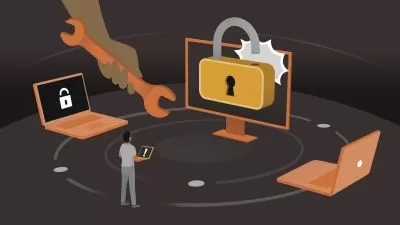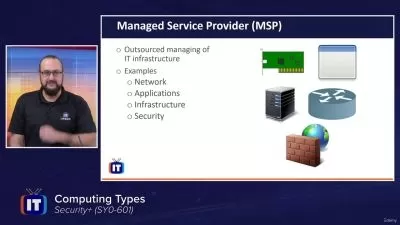CompTIA Advanced Security Practitioner (CASP+) (CAS-004) Cert Prep
27:37:05
Description
The CASP+ (CompTIA Advanced Security Practitioner+) (CAS-004) certification is a vendor-neutral certification that validates your knowledge and ability to conduct advanced-level cybersecurity skills. This certification tests your ability to implement solutions within cybersecurity policies and frameworks. CASP+ (CAS-004) is an advanced-level cybersecurity certification covering technical skills in security architecture and senior security engineering. The CompTIA Advanced Security Practitioner+ exam focuses on security architecture and engineering, to validate a technical leader's ability to assess cyber readiness and design and implement the proper solutions. In this comprehensive course, expert cybersecurity trainer Jason Dion helps you prepare to earn this certification, covering in depth each topic you will need to understand for the exam.
This course was created by Dion Training Solutions and Jason Dion. We are pleased to host this training in our library.
More details
User Reviews
Rating

Linkedin Learning
View courses Linkedin Learning- language english
- Training sessions 257
- duration 27:37:05
- English subtitles has
- Release Date 2024/12/06









